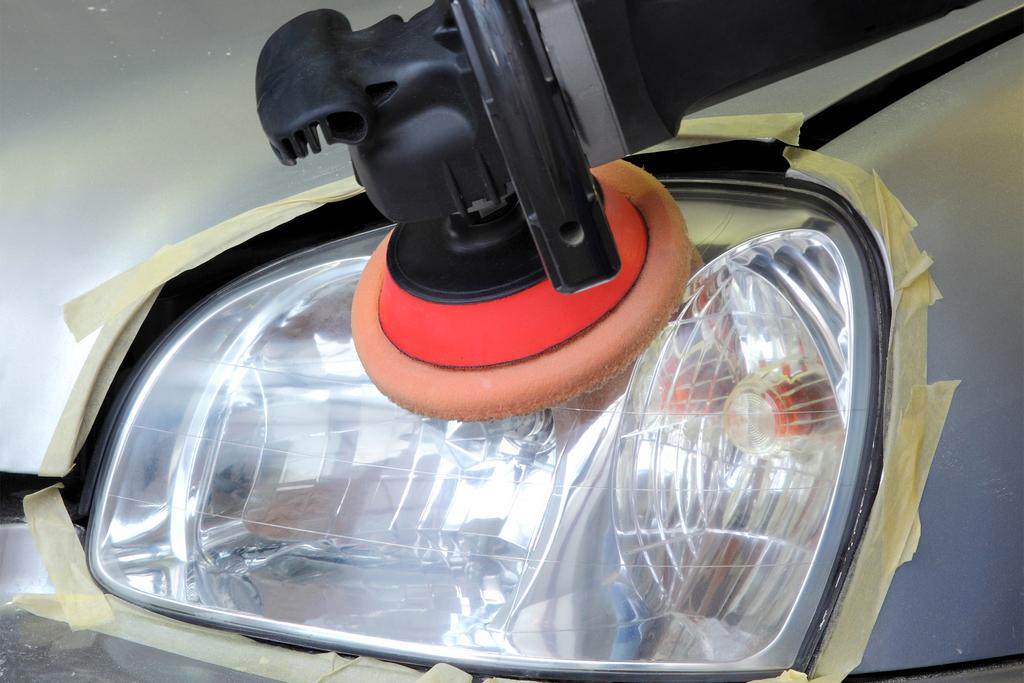
The average age of vehicles on the road is more than 11 years, and just as humans' vision diminishes with age, so it goes with many cars.
With cars, this loss of "vision" shows as an aging process on headlight lenses that's similar to cataracts: The plastic lenses that commonly cover headlight bulbs become cloudy and hazy over time, reducing the amount of light illuminating the road.
Related: How to Restore Your Vehicle's Headlights
Cars that spend most of their life parked outdoors, where sunlight, oxidation and air pollution take a toll on headlight lenses, are most susceptible to this aging process. Unlike underlying bulbs that may burn out and need to be replaced, the lenses are permanent fixtures that usually don't get replaced unless they're damaged in an accident — or when owners realize they can't see at night because they're so clouded.
New bulbs might restore some headlight brightness, because bulbs dim with age, but clouded lenses that aren't restored will continue to reduce headlight effectiveness, potentially causing safety issues in nighttime driving and low-visibility conditions. In addition, despite the claims of bulb manufacturers, high-priced replacement bulbs might be brighter, but they don't necessarily illuminate more of the road than original-equipment bulbs and usually don't last as long.
A variety of do-it-yourself restoration kits are available, and an increasing number of repair shops and dealership service departments offer headlight restoration services. They typically require a multistep process of sanding the lenses with a light abrasive, then polishing and coating them with a sealant that's supposed to keep them clear.
Prices vary widely, and so might the effectiveness and durability of the products and services offered. Ultimately, restoring dull, cloudy headlight lenses to original or near-original condition can be similar to an older person getting cataract surgery and regaining some of the vision they once had.
Buying new headlight lenses or used ones from a salvage yard is an alternative to trying to restore old ones, but the cost of replacing parts is usually higher. Aftermarket lenses are available at lower cost, though if they don't fit or seal as snugly as original parts, moisture can seep into the headlight housing and corrode electrical connections.
No comments:
Post a Comment